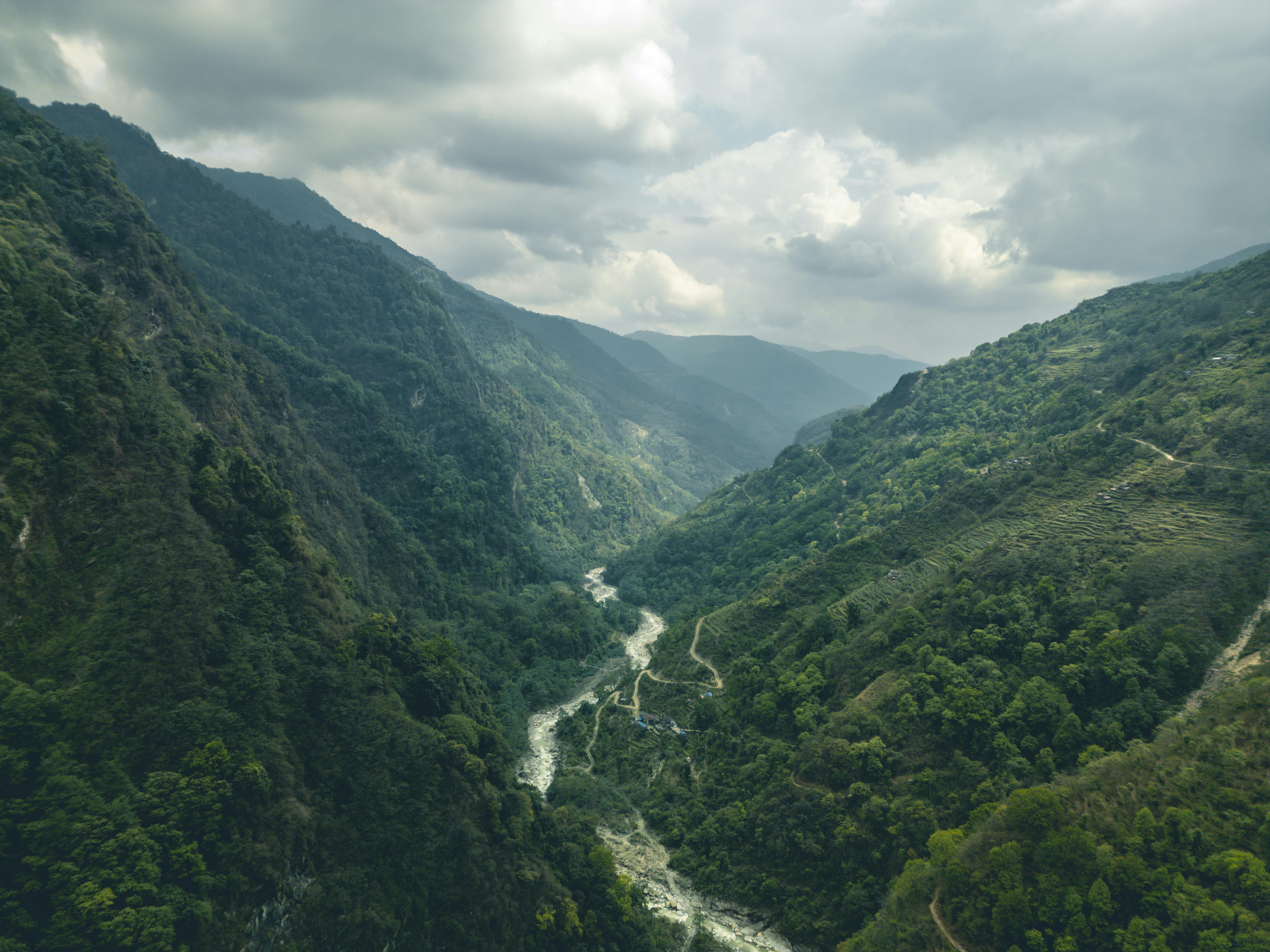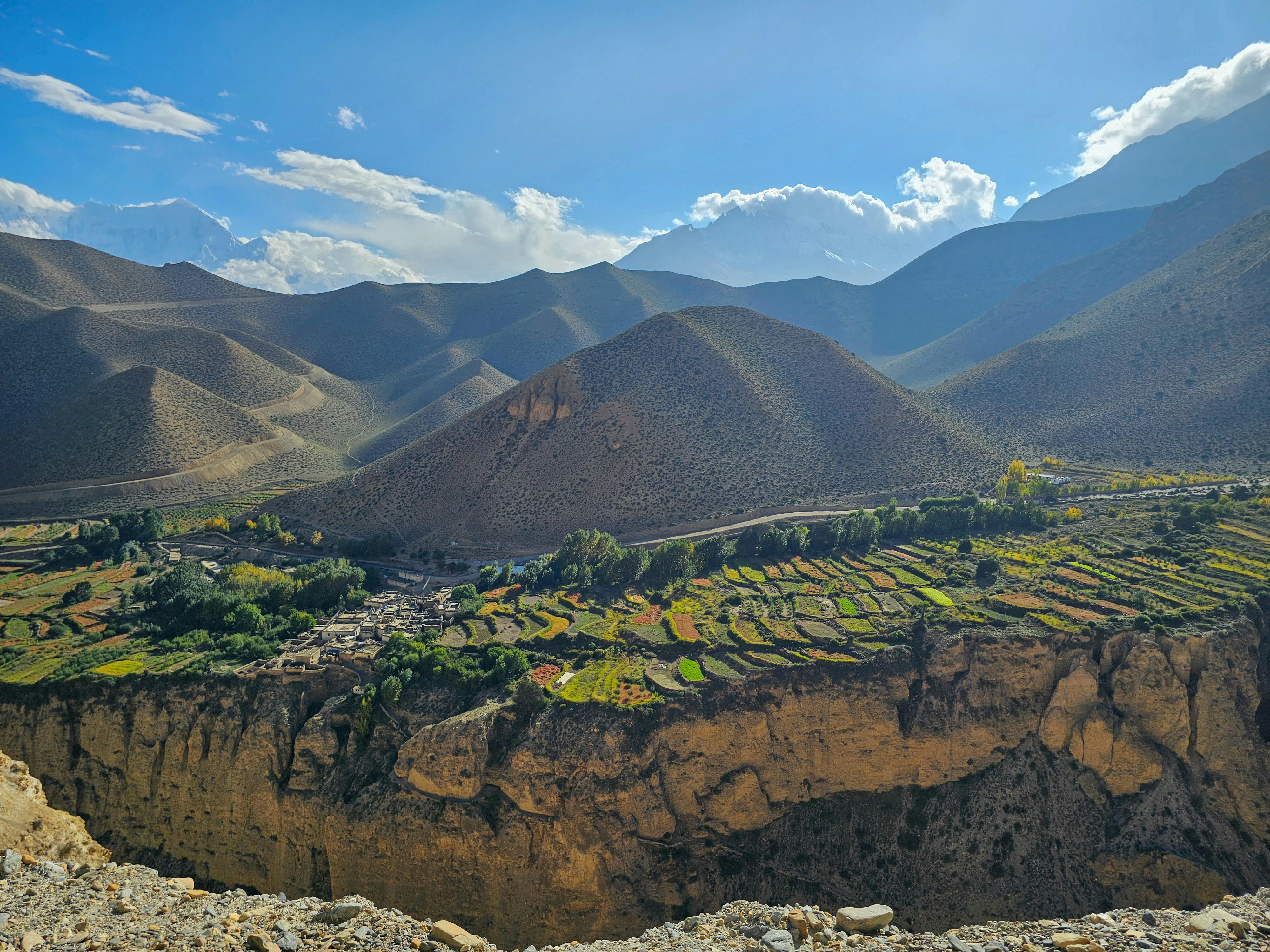7 Proven Steps for Memorable Eco-Tourism in Nepal Villages
While plenty claim eco-tourism is “easy,” anyone who’s ever trekked the ancient trails of Nepal’s mountain villages—like myself—knows the reality is richer and more complex. Three years ago, on my second visit to the Annapurna region, I watched local guides transform a group’s simple mountain walk into a life-changing journey, weaving cultural stories and sustainable rituals into an experience nobody forgot. That trip shifted something fundamental in me: how do we help travelers not just “see” Nepal, but truly experience it—while protecting the land and traditions along the way?
In this guide, I’ll walk you through Nepal’s seven most effective strategies—battle-tested in both global research and local wisdom—for creating eco-tourism adventures that linger long after you’ve left the village behind. Whether you’re dreaming up your own trek, designing an itinerary for clients, or just hungry to know how authentic travel can really feel, you’re about to get the insider’s perspective alongside the practical details you cannot skip.
Key Insight:
Eco-tourism in Nepal isn’t about ticking off mountains—it’s about forging lasting connections with local communities and their environment. You’ll need respect, curiosity, and a bit of humility. Ready?
Did You Know? Nepal is home to 8 of the world’s 14 tallest mountains, but more than 40% of Nepalese rural communities live in the remote hills and engage daily with eco-tourism activities—from homestays to cultural art workshops—making sustainability a vital local priority1.
Step 1: Choose Community-Based Experiences
Let me step back for a moment. The biggest mistake I made earlier in my travel career? Booking trips that only featured “scenery” instead of people. In Nepal, the mountain backdrop is staggering—but it’s the village itself (and the stories you’re told around the evening fire) that transform mere sightseeing into something transformational. Authentic eco-tourism begins when you opt for experiences run by local families, women’s cooperatives, or indigenous guides. According to recent UN reports, community-based tourism boosts both conservation wins and local economic resilience2.
- Stay at village homestays—eat together, help with daily chores, learn folk art.
- Join heritage walks led by local youth (they often mix eco-history with myth).
- Book rural agritourism: try terrace farming or organic tea plucking with hosts3.
Here’s the thing though—the more you engage, the more you’re challenged to adapt culturally. At first, I massively underestimated the humility required. It pays to listen more than you talk, even when you’re brimming with questions. Sound familiar? Anyone who’s visited a Nepali mountain village knows the awkward “first night” transition.
Layered Community Engagement: Beginner to Expert Tips
- For newcomers: Choose destinations known for established eco-tourism frameworks (e.g., Ghale Gaun or Sirubari).
- Intermediate: Ask about regional conservation initiatives you can support during your visit.
- Advanced: Volunteer with village-led reforestation or anti-plastic campaigns.
Planning Tip:
Book early in peak trekking months (March-May, Sept-Nov), but look for villages that welcome visitors year-round for authentic off-season experiences. Off-season can mean richer cultural immersion and budget savings.
Ever wonder why some trips stick in your memory while others fade? The answer isn’t just about “what” you saw, but “how” you connected. Also—don’t forget to check local reviews. And here’s one mistake I made: I forgot to learn a few words of Nepali. Seven days later, it hit me: language (even the tiniest gesture) can open doors you didn’t know existed.
Step 2: Prioritize Environmental Stewardship
The more I consider this, the more I realise that even the best itinerary crumbles if visitors aren’t mindful stewards of the environment. Nepal’s mountain villages face pressures—deforestation, water scarcity, waste pollution—a reality I experienced firsthand when I helped a village teacher spearhead a plastic cleanup just outside Panauti. By and large, responsible travelers now seek tangible ways to offset their footprint4.
- Pack out all waste (especially plastics—local disposal can be tough).
- Use filtered or boiled water rather than buying bottled (ask your homestay for solutions).
- Choose lodges powered by solar or micro-hydro whenever possible.
- Participate in community ‘green walks’ or tree planting days.
Actually, let me clarify: what you do after you leave matters, too. In fact, many eco-programs help travelers “give back” through ongoing support—funding student scholarships, contributing to clean energy projects, and even sharing responsible travel tips with future guests. The result? Lasting change, not just short-term benefit.
Key Action:
If you’re booking an eco-tour or designing a trip, always ask: How does this activity protect or enhance the local environment? If you can’t answer it clearly, revise.
Step 3: Engage Cultural Immersion
Pause here and think about this: culture in Nepal is a living, breathing fabric of daily village life. Last month, I joined in a traditional “Deusi Bhailo” harvest festival, and what struck me most was the warmth with which villagers—old and young—welcomed outsiders into their rituals. These are experiences tourists often overlook, yet they’re precisely what separates “tourism” from “adventure.” In my experience, participating respectfully is fundamental.
- Attend local festivals (ask the community about upcoming dates—calendar can vary each year).
- Learn basic Nepali greetings (“Namaste!” goes a long way).
- Try your hand at village crafts—pottery, weaving, or painting, often taught by elders.
- Eat what locals eat; share in food preparation if invited.
Cultural Fact: More than 126 distinct ethnic groups live in Nepal, each with unique languages and seasonal rituals. Festivals like Dashain, Tihar, and Maghe Sankranti bring entire villages together for song, dance, and feasting—a true window into Nepalese hospitality5.
Ever notice how quickly travelers bond over shared experience? Honestly, I reckon that immersion is what makes a trip memorable. I used to think language barriers might hold me back, but those moments of misunderstanding often sparked the best laughter and stories.
Planning Tip:
Before booking, check the village’s festival calendar or ask your guide about significant cultural events. Sometimes a shift of just a few days can mean you’re present at a once-in-a-year celebration.
Step 4: Build Seasonal & Responsible Itineraries
Previously, I made the mistake of traveling during monsoon, thinking “off-season” meant fewer crowds—only to learn that mudslides can disrupt even the most carefully-planned adventure. Responsible seasonal planning isn’t just about weather; it’s about maximizing experience and respecting village rhythms. Most experts suggest these prime windows:
| Season | Best Regions for Eco-Tourism | Cultural Activities | Environmental Considerations |
|---|---|---|---|
| Spring (Mar-May) | Annapurna, Langtang, Helambu | Festivals, Rhododendron Bloom | Mild weather, low rainfall |
| Autumn (Sept-Nov) | Everest, Mustang, Gorkha | Dashain, Tihar, Harvest Ceremonies | Clear views, stable weather |
| Winter (Dec-Feb) | Lower hills, Chitwan | Maghe Sankranti, Fire Rituals | Dry, cold nights, wildlife sightings |
| Monsoon (Jun-Aug) | Limited—avoid remote trails | Rice Planting, Indoor Workshops | High rainfall, landslide risk |
Advanced travelers plan for both nature and culture. Don’t just follow global climate patterns—ask your guide about crop calendars, local events, and trail conditions. (Still learning here: in Nepal, “peak season” depends as much on harvests as hiking weather.)

Step 5: Support Local Enterprises & Guides
Okay, let’s step back for a minute and talk money. Eco-tourism is only sustainable if it directly powers local economies. Some villages, like Ghale Gaun and Sirubari, have pioneered award-winning models6: local guides share profits among families, crafts workshops train youth, and guesthouses reinvest in village improvements. What really excites me is watching the pride grow in hosts as travelers value real skills—not “packaged” versions for Instagram. To be more precise, I used to think bartering down prices was the smart traveler move. Now, I encourage visitors to pay fair rates even when it feels unfamiliar.
- Hire certified local guides trained in eco-tourism principles.
- Buy handicrafts, honey, or textile directly from artisan cooperatives.
- Participate in cooking classes or organic farm tours led by village elders.
Actionable Takeaway:
Check for eco-tourism certifications and request specifics about how your payment supports local projects, not just logistics.
Step 6: Maximize Safety, Accessibility, Inclusiveness
Now, I need to revise my earlier point. Even the most magical adventure can fall flat if you—or someone in your group—feels unsafe, excluded, or cut off by accessibility barriers. Nepal’s landscapes invite exploration, but not every mountain region is equally equipped. My own family struggled (years ago) with altitude sickness in Manang. Locals guided us through recovery and flexible planning—lessons I’m grateful for now.
- Ask about health and safety kits—local guides often stock herbal remedies alongside first aid.
- Check if villages have wheelchair-friendly rooms or low-impact walking trails.
- Request information about food allergies, hygiene practices, and dietary accommodations.
Safety Fact: Nepal’s Ministry of Tourism reports that villages participating in certified eco-tourism programs display up to 30% fewer reported traveler incidents compared to non-participating regions. Inclusiveness and safety go hand in hand7.
The more I learn, the more I realise that accessibility isn’t just physical—it’s about cultural openness. Don’t be shy about asking for accommodations or voicing concerns. (I’m still learning this myself. Each trip presents fresh challenges.)
Step 7: Leave a Positive Legacy
Here’s what gets me truly passionate: the best village adventures don’t end when your trek does. True eco-tourism is measured in after-stories—did you share your experience and encourage others to follow ethical paths? Did you fund a new classroom, support trail maintenance, or help document a dying oral tradition? According to 2023 research, repeat travelers who maintain village ties contribute to lasting social and environmental results8.
- Send photos and feedback to village hosts.
- Sponsor educational materials or conservation efforts.
- Review eco-tour operators publicly—visibility drives change.
- Stay connected: social media, WhatsApp, local newsletters.
Legacy Hint:
If you’re fortunate enough to have had an unforgettable experience, amplify village voices: share authentic, respectful stories—don’t just post mountain selfies. Every positive review helps ethical operators thrive.
Real-Case Examples from Nepal’s Mountain Villages
Case Study 1: Ghale Gaun—A Living Model of Sustainability
Three decades ago, Ghale Gaun was a remote farming settlement. By 2012, it had transformed into Nepal’s flagship eco-village, offering organic homestays, perpetual reforestation, and a thriving women’s cooperative feeding both travelers and local children. Annual surveys show guest satisfaction is above 95%—with 62% of tourists supporting ongoing village projects9.
Case Study 2: Sirubari—Regenerative Impact through Cultural Immersion
Industry reports cite Sirubari’s homestay-led eco-tourism has helped preserve endangered Gurung oral tradition, reduced youth migration by 23%, and produced the first “zero-plastic festival” in the region10. My favorite moment? Sharing festival stories around the bonfire—watching international guests become lifelong friends of the hosts.
FAQ: People Also Ask
- Q: What are the best Nepali villages for eco-tourism?
A: Ghale Gaun, Sirubari, Panauti, and Bandipur consistently rank among the top for authentic, sustainable experiences11. - Q: How do I know if a tour operator is genuinely eco-friendly?
A: Look for internationally recognized certifications and transparent social impact reporting12. - Q: Is eco-tourism in Nepal safe for families and solo travelers?
A: Yes; many programs cater to families, solo adventurers, and older guests, often with custom support and local safety briefings.
Planning Tools & Key Takeaways
- Check the village’s festival calendar and weather patterns for best experience.
- Prepare for altitude, health, and dietary differences—consult local guides for customized advice.
- Choose certified eco-tour operators and ask for details on sustainability practices.
- Support local, buy local: prioritize direct engagement with artisans, guides, and hosts.
Final Call to Action:
If you remember one thing—make it this: the best travel memories are born from genuine participation and respect. Choose eco-tourism not just for what it gives you, but for the legacy you leave behind.
References
Cited Sources & Further Reading



